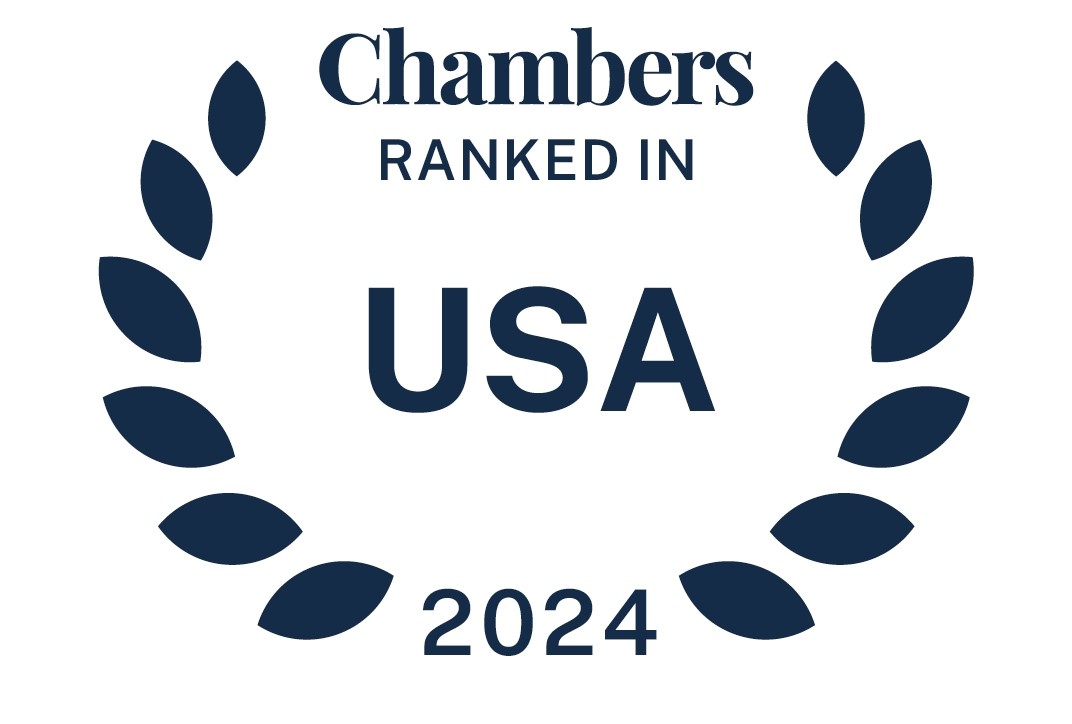Retirement plan sponsors need to utilize updated Form W-4P (for periodic pension and annuity payments) and new Form W-4R (for nonperiodic payments and eligible rollover distributions) for income tax withholding elections beginning January 1, 2023. As we near the end of 2022, plan sponsors should ensure that their retirement plan systems and vendors are on track to implement the new federal tax withholding election forms no later than January 1, 2023.
As background, in 2017, changes made by the Tax Cuts and Jobs Act (TCJA) required the Internal Revenue Service (IRS) to revise the withholding tables and develop new forms to use to withhold taxes from periodic payments. These forms are used by qualified and non-qualified retirement plans for participants to request withholding on benefit payments that commence in 2023 or later. In 2021, the IRS revised the Form W-4P into the two forms noted above: revised Form W-4P, which is now used only to request withholding on periodic pension and annuity payments, and new Form W-4R, which is used to request additional withholding on nonperiodic payments and eligible rollover distributions. The US Department of the Treasury and the IRS received numerous questions on the new forms, which caused the IRS to delay the implementation until January 1, 2023.
Recipients of periodic retirement payments can give payers a Form W-4P to make or change a withholding election or to elect not to have withholding apply. A Form W-4P stays in effect until the payment recipient changes or revokes it. Form W-4R is required for all nonperiodic retirement payments, such as a lump sum payment, if the recipient wants to increase or decrease withholding from the applicable default withholding percentage.
The revised Form W-4P has a few changes. The significant changes include updates to the marital category, modifications to the reporting of other sources of income, replacement of allowances with dependent credits and addition of a calculation to report a new withholding amount. The new Form W-4R allows a payee to choose a different rate of withholding by entering a rate between 0% and 100%. However, if no amount is selected, plan sponsors must withhold at a flat 10% rate (or 20% if eligible) from nonperiodic payments.
For more information on these tax and employment benefits issues, please contact your McDermott lawyer or the authors listed below.
Marchan Clark, a law clerk in the Washington, DC, office, also contributed to this article.
read more

 Subscribe
Subscribe




